As much as we don’t like to think about it, our little ones are bound to hurt themselves at some stage. Whether it’s a small bump or something more serious, it’s a good idea to have a fully stocked first aid kit and the knowledge to use it.
As soon as our children can move, they can injure themselves and little falls and bumped elbows are par for the course. When we’re lucky, a plaster and a cuddle will do the trick. Sometimes it takes just a bit more care – and that’s where a good first aid kit can make all the difference.
Find out the most common injuries and the best way to treat them.
Common childhood injuries
Cuts and scrapes
If there is bleeding, hold a clean cloth over the abrasion for 15 minutes or until the bleeding has stopped. Cleanse the site with water, an antiseptic wipe or wound spray, then gently dry the surrounding skin area. If there is any easy to remove debris in the wound, remove with tweezers. If it’s too hard to remove, seek medical assistance. Cover the wound with a plaster. If the area is bigger than a plaster can handle, use a wound covering.
Burns
Hold the burned area under cool, running water, immediately. Make sure any small blisters are covered with a loose crepe bandage or plaster. Do not pop or otherwise damage the area. Antibiotic cream can be applied to ease healing.
Nosebleeds
Do not tilt your child’s head back. Have them lean forward while you pinch their nostrils closed continuously, for five to 10 minutes, while the bleeding stops. If the nosebleed is a result of trauma, an ice pack against the bridge of the nose may assist with swelling reduction.
Splinters
Apply warm water and soap to flush out the abrasion. If the splinter remains, use a sterilised pair of tweezers to remove it. Do not rush or you may push it in further or leave some of the splinter behind. After a day or so, it may come out by itself. In this case, a plaster for protection in the meantime is the best course of action.
Bites and stings
Remaining stingers from insects can be removed with a finger nail or similar. Using tweezers should be avoided, as they can release more venom into the site. An ice pack, followed by a topical cream, such as calamine lotion, will ease swelling and itching.
For more serious injuries, know your DRABC!
First Aid Kit Essentials
To treat all common injuries from accidents and illness, your first aid kit should contain the following basics:
- Antiseptic wipes or wound spray
- A child/infant thermometer
- Tweezers and small scissors
- Ice pack
- Rubbing alcohol to sterilise equipment
- Kids pain relief medication
- Antihistamines for allergies
- Calamine lotion
- Wound healing or antibiotic ointment
- Gauze for dressing wounds
- Adhesive tape
- A selection of bandaids and wound coverings in different sizes
- Cotton swabs
- Small, clean cloths
- Disposable, sterile gloves
- Child sunscreen and insect repellent
- Hand sanitiser
- Distilled water
- First aid instructions in case emergency measures are required
- A list of emergency contact numbers
Have you considered training in simple first aid? Knowing how to treat injuries means that you will be faster and more effective in the case of an emergency.
When to seek help
Always see your doctor if the wound is deep, bleeding or shows signs of infection like reddening, swelling or warmth. Also make sure to seek medical help if you are not able to clean the wound properly.
ALWAYS READ THE LABEL. FOLLOW THE DIRECTIONS FOR USE. IF SYMPTOMS PERSIST, TALK TO YOUR HEALTHCARE PROFESSIONAL.
Content provided by Elastoplast

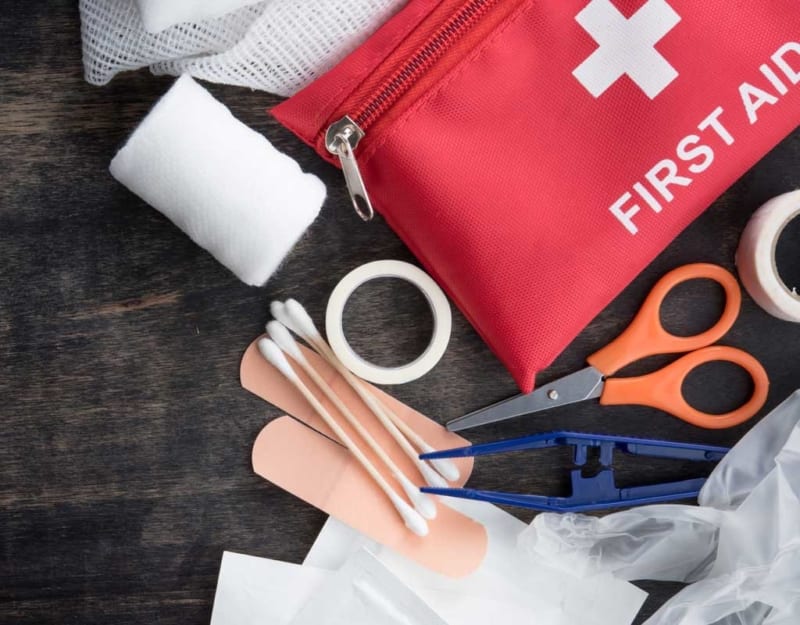

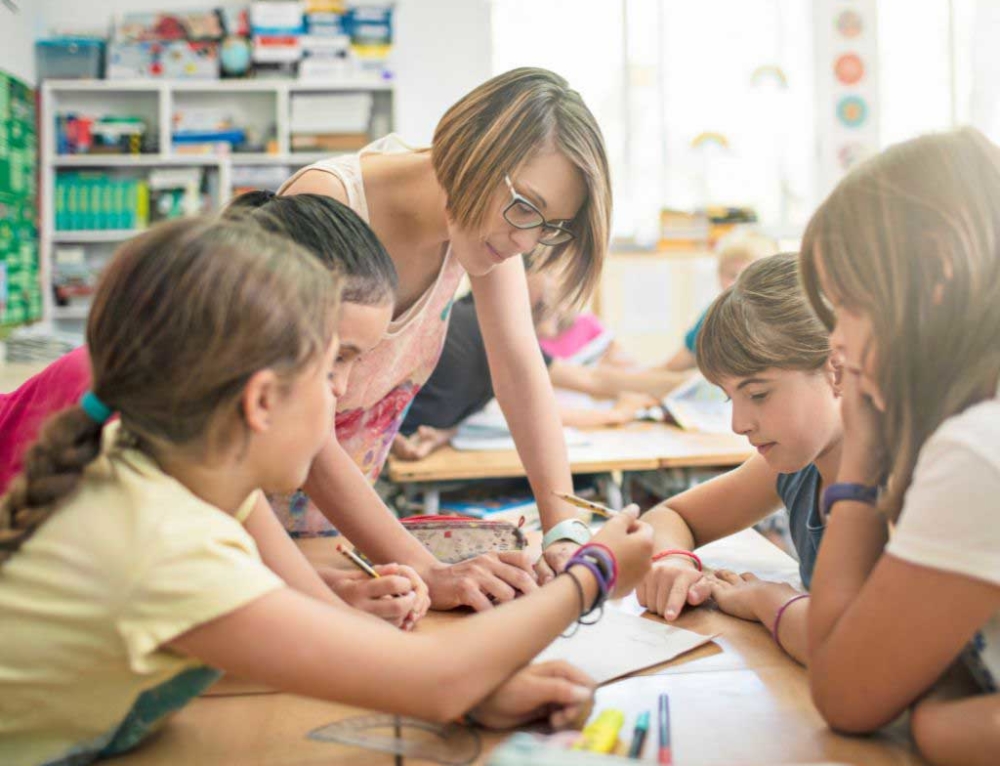
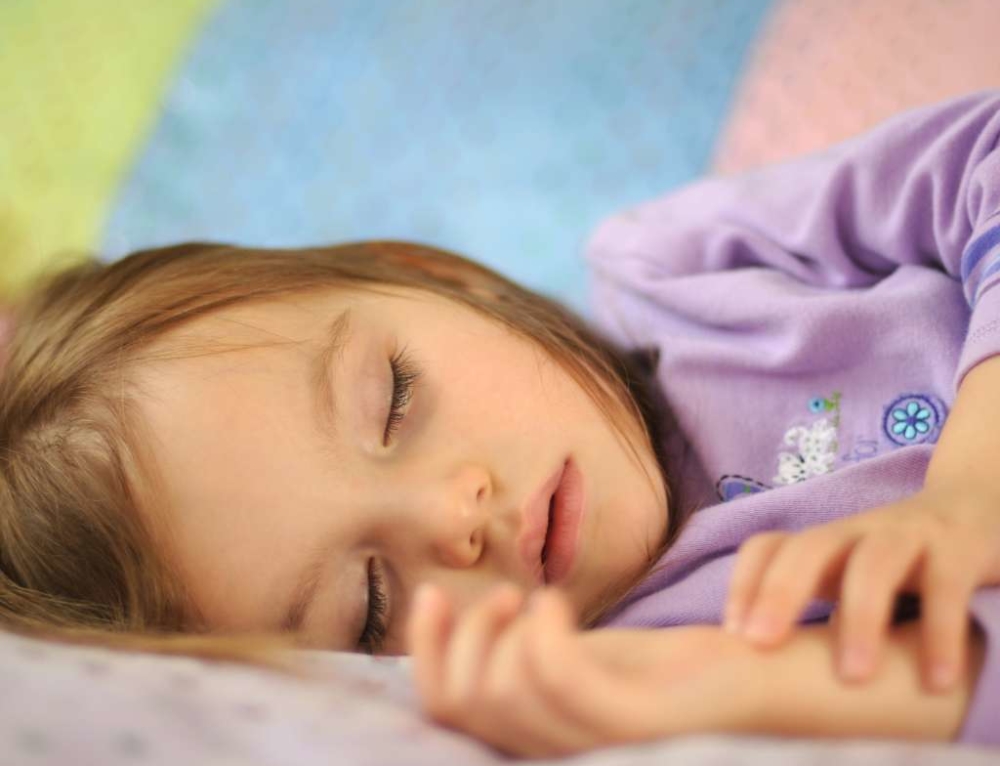
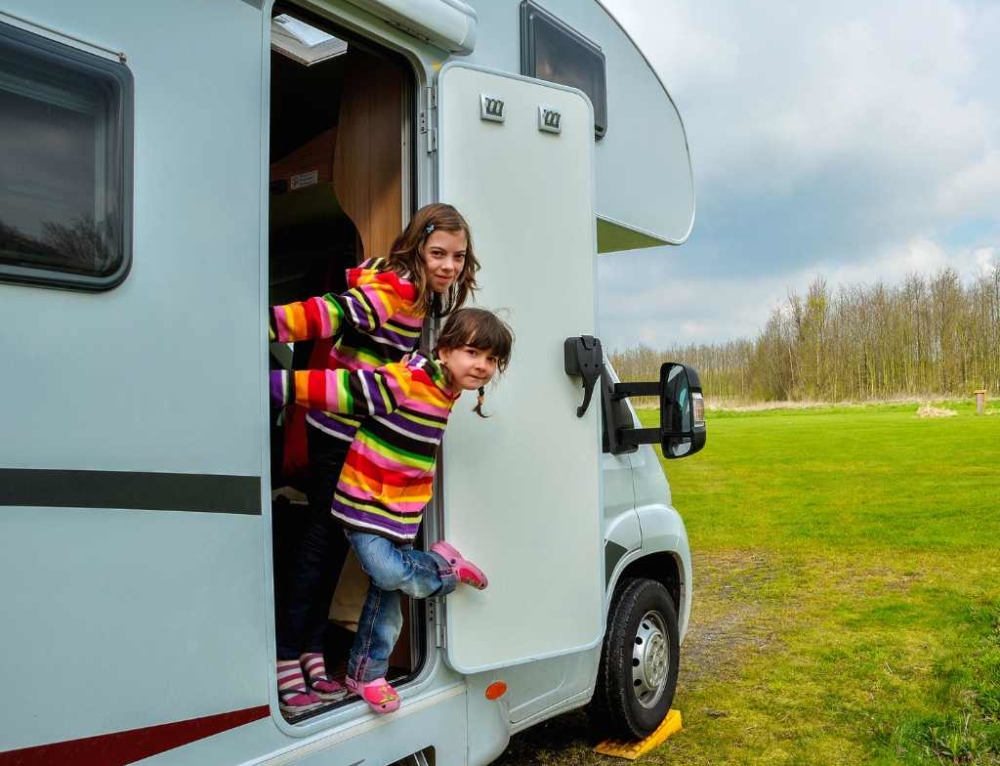
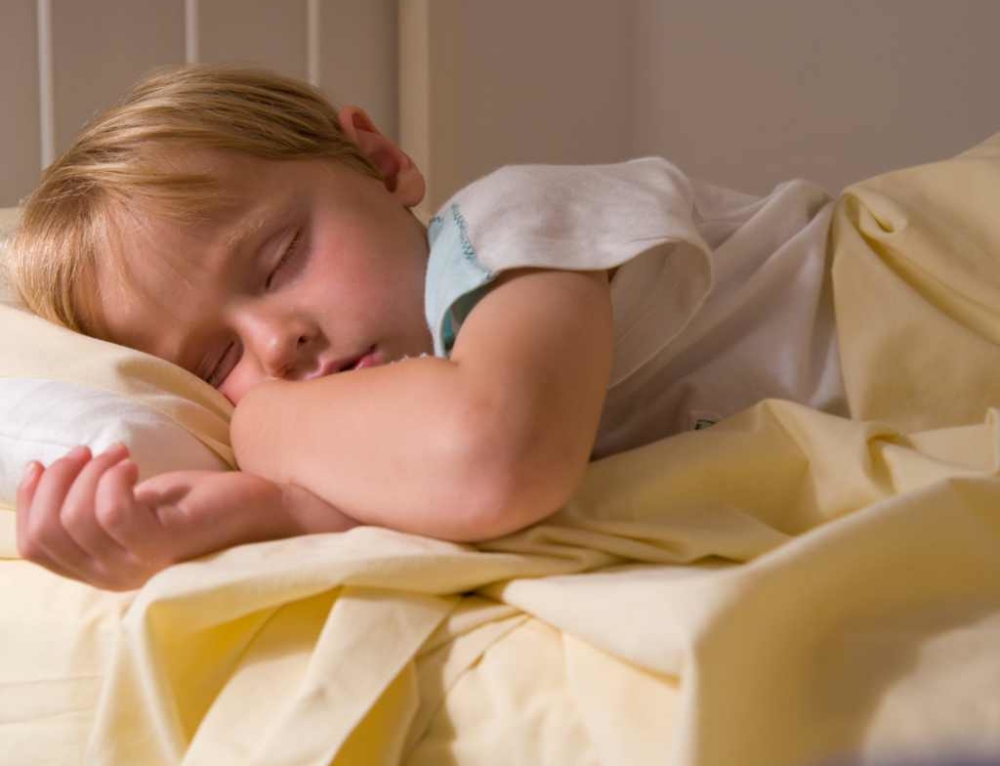
A great list here. I never used to have a first aid kit until my youngest son had an ulcerated birthmark. It required constant dressings and cleaning. Since then I have built up my first aid kit but I often find myself thinking if I have everything I should have! I will be sharing this with friends so they can make sure their kits are up to scratch!!
It’s great to see this list as a reminder of what is in our current first aid kits to ensure we have adequate cover for a variety of scenarios. I have two full first aid kits and there are still a few items I need to get to make sure they are both up to an acceptable standard.
This is a good reminder. I need to definitely need to relook our first aid kit. We sometimes take this for granted till it’s too late. Have bookmarked this and make sure I update ours. I also just thought that we should have one for the car as well for emergencies.
We have a first aid kit in our home and i think it’s a necessity when you have children as kids are so adventurous and do end up with prickles,splinters and cuts/grazes when running about and playing and gets packed in the car when heading away, I always carry plasters in my bag also when doing small outings.
We have a couple of first aid kits but by reading the first aid essentials list I need to add a few more things that may be needed in the future. I have done a few first aid courses but I find it’s good to do them regularly or you forget some things. We have a small first aid kit in the car which I need to update and add more things to especially bandages as they get used all the time.
All homes should have a first aid kit that is stock with equipment that is right for the people in the house eg if there is a baby have small plasters etc. One in the car is also a great idea! I really need to go through our kit and restock and clear out. My kids are sure that they need plasters everytime that they get the smallest owie, and there is probably stuff that should have been tossed long ago!
We need to redo our first aid kit as lots of stuff has been used and not replaced. Definitely some good ideas on what to put in. Some thing’s you never think of for instance sanitizer which is key to not getting yourself sick while out and about cleaning up someone elses blood etc.
I have seriously considered doing a first aid course through st.johns and i think i will pursue that further…i think its so important for us to have that info not only for our own kids but for others too…
Thank you for the list of necessities in a first aid kit…will put one together for our family.
First Aid kits really are a must have especially with kids. I have had one of my children with a couple of fairly serious injuries unfortunately and a raft of minor scrapes, bumps and bruises. I have a first aid kit in the car and one at home for these (not to mention the plasters I always have in my handbag!). 🙂